-
 Bitcoin
Bitcoin $121700
1.95% -
 Ethereum
Ethereum $4739
2.55% -
 XRP
XRP $3.244
0.52% -
 Tether USDt
Tether USDt $1.000
0.05% -
 BNB
BNB $857.3
1.33% -
 Solana
Solana $205.0
3.91% -
 USDC
USDC $0.9997
0.02% -
 Dogecoin
Dogecoin $0.2440
1.38% -
 Cardano
Cardano $0.9930
16.22% -
 TRON
TRON $0.3662
2.76% -
 Chainlink
Chainlink $23.47
0.15% -
 Hyperliquid
Hyperliquid $46.72
6.47% -
 Stellar
Stellar $0.4521
1.62% -
 Sui
Sui $3.999
3.05% -
 Bitcoin Cash
Bitcoin Cash $608.6
0.71% -
 Hedera
Hedera $0.2691
3.09% -
 Ethena USDe
Ethena USDe $1.001
-0.01% -
 Avalanche
Avalanche $25.16
2.20% -
 Litecoin
Litecoin $129.6
-1.01% -
 Toncoin
Toncoin $3.562
2.59% -
 UNUS SED LEO
UNUS SED LEO $9.263
0.22% -
 Shiba Inu
Shiba Inu $0.00001375
0.76% -
 Uniswap
Uniswap $11.60
-1.57% -
 Polkadot
Polkadot $4.247
1.77% -
 OKB
OKB $103.8
-15.42% -
 Bitget Token
Bitget Token $4.800
2.62% -
 Dai
Dai $0.9999
0.00% -
 Cronos
Cronos $0.1649
-2.09% -
 Pepe
Pepe $0.00001204
-0.06% -
 Aave
Aave $329.8
2.49%
How to backup your cryptocurrency wallet
Always back up your cryptocurrency wallet using a secure, offline method—your 12 or 24-word recovery phrase is the only way to restore access if your device is lost or damaged.
Aug 13, 2025 at 11:36 am
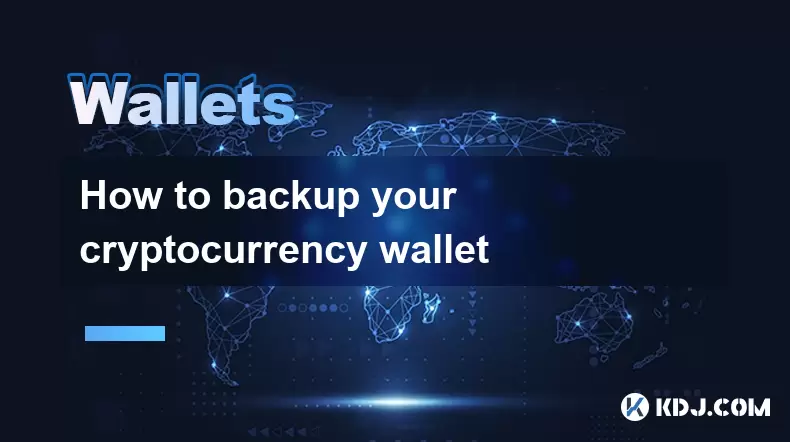
Understanding the Importance of Wallet Backups
Backing up your cryptocurrency wallet is one of the most critical steps in securing your digital assets. Without a proper backup, losing access to your wallet—due to device failure, theft, or accidental deletion—can result in the permanent loss of funds. Unlike traditional banking systems, cryptocurrency transactions are irreversible, and there is no central authority to recover lost or stolen assets. This makes the backup process not just advisable but essential. A backup ensures that even if your primary device becomes inaccessible, you can restore your wallet on another device using your recovery method.
Types of Cryptocurrency Wallets and Their Backup Methods
Different types of cryptocurrency wallets require different backup procedures. The most common types include software wallets, hardware wallets, and paper wallets. Each has its own backup mechanism. Software wallets, such as mobile or desktop applications, typically generate a recovery phrase during setup. This phrase, usually consisting of 12 or 24 words, must be written down and stored securely. Hardware wallets like Ledger or Trezor also provide a recovery phrase during initialization. Paper wallets, which are physical printouts of private keys and public addresses, are their own backup—but must be protected from damage and unauthorized access.
- Store the recovery phrase offline in a secure location
- Never store the recovery phrase digitally (e.g., screenshots, cloud storage)
- Verify the spelling and order of each word in the recovery phrase
- Use a metal backup device for long-term durability
Step-by-Step Guide to Backing Up a Software Wallet
When setting up a software wallet such as Trust Wallet, Exodus, or MetaMask, the application will prompt you to back up your wallet immediately after creation. This process is standardized across most non-custodial wallets.
- Launch the wallet application and select "Create New Wallet"
- Confirm that you understand the importance of the recovery phrase
- The app will display a 12 or 24-word recovery phrase—do not skip this step
- Carefully write down each word in the exact order shown
- Avoid typing the phrase into any digital device or saving it in a text file
- After writing, the app will ask you to verify the backup by selecting words in a specific order
- Complete the verification to confirm accuracy
Once verified, the wallet is backed up. You can now receive and send cryptocurrency, knowing your funds can be restored if needed.
Securing Your Recovery Phrase with Best Practices
The recovery phrase is the single point of access to all funds in your wallet. If compromised, an attacker can drain your wallet instantly. Therefore, securing this phrase is paramount.
- Use a fireproof and waterproof safe to store the written phrase
- Consider splitting the phrase using Shamir's Secret Sharing (SLIP39) if supported
- Avoid sharing the phrase with anyone, including customer support
- Never take a photo or store it on any connected device
- Use a metal backup solution such as Cryptosteel or Billfodl to prevent degradation
Storing multiple copies in geographically separate locations can protect against loss due to natural disasters. However, each copy must be equally secure to prevent unauthorized access.
Restoring a Wallet from Backup: What You Need to Know
Restoring a wallet from a backup is straightforward if the recovery phrase is accurate and secure. This process is identical across most non-custodial wallets and does not require internet connectivity during the initial setup.
- Install the same wallet application on a new device
- Choose the option to "Restore Wallet" instead of creating a new one
- Enter the recovery phrase word by word in the correct order
- Wait for the wallet to sync with the blockchain
- All funds and transaction history will reappear
It is crucial to ensure that the recovery phrase is entered exactly as recorded. Even a minor typo or incorrect word order will result in access to a different wallet. Always double-check each word during restoration.
Common Mistakes to Avoid When Backing Up Your Wallet
Many users lose access to their cryptocurrency due to preventable errors during the backup process.
- Storing the recovery phrase in a digital format such as email, notes, or cloud storage increases the risk of hacking
- Using a wallet without a recovery phrase may indicate a custodial service, which contradicts the principle of self-custody
- Forgetting to verify the backup can lead to undetected errors in transcription
- Sharing the phrase with others under the guise of technical support often leads to theft
- Using weak storage methods like loose paper or sticky notes makes the phrase vulnerable to loss or damage
Avoiding these mistakes ensures that your backup remains both secure and functional when needed.
Frequently Asked Questions
Can I back up a hardware wallet the same way as a software wallet?
Yes, hardware wallets use the same recovery phrase mechanism as software wallets. During setup, you will be prompted to write down a 12 or 24-word phrase. This phrase can restore your wallet on any compatible device, even if the original hardware is lost or damaged. Always follow the manufacturer’s instructions and never enter the phrase on a computer during setup.
What happens if I lose my recovery phrase?
If you lose your recovery phrase and do not have any other backup, you will permanently lose access to your wallet and all funds within it. There is no recovery option provided by wallet developers or blockchain networks. This underscores the necessity of creating and securing multiple physical copies of your recovery phrase.
Is it safe to use a third-party service to store my backup?
No. Using a third-party service to store your recovery phrase violates the principle of self-custody. Any entity that has access to your recovery phrase can control your funds. Always keep your backup under your exclusive control and offline.
Can I change my recovery phrase after creating the wallet?
No, the recovery phrase is generated once during wallet creation and cannot be changed. If you suspect your phrase has been compromised, the only safe option is to create a new wallet, transfer your funds, and back up the new recovery phrase securely.
Disclaimer:info@kdj.com
The information provided is not trading advice. kdj.com does not assume any responsibility for any investments made based on the information provided in this article. Cryptocurrencies are highly volatile and it is highly recommended that you invest with caution after thorough research!
If you believe that the content used on this website infringes your copyright, please contact us immediately (info@kdj.com) and we will delete it promptly.
- Kazakhstan's Crypto Leap: Bitcoin ETF and Central Asia's Digital Finance Future
- 2025-08-13 12:45:19
- BlockDAG Presale Blazes Past $371M: Fundraising Frenzy Fuels Crypto Sensation
- 2025-08-13 13:05:21
- Meme Coins: Chasing the 2025 Surge – Which Will Moonshot?
- 2025-08-13 10:25:23
- Bitcoin's Wild Ride: Rally, Pullback, and What's Next
- 2025-08-13 10:25:23
- Bitcoin, Bitmax, and Institutional Demand: A New Era of Crypto Investment
- 2025-08-13 10:45:12
- Solana, ROAM, and Airdrops: What's the Buzz in 2025?
- 2025-08-13 11:35:13
Related knowledge
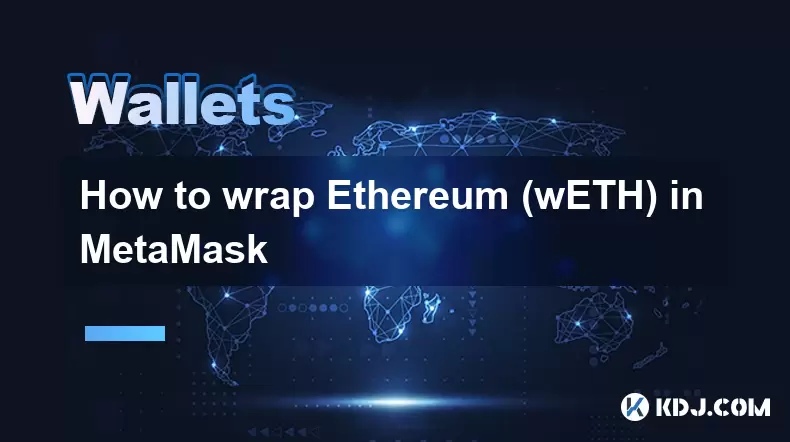
How to wrap Ethereum (wETH) in MetaMask
Aug 13,2025 at 11:36am
Understanding Wrapped Ethereum (wETH)Wrapped Ethereum (wETH) is a tokenized version of native Ethereum (ETH) that conforms to the ERC-20 standard, ena...

How to manage your portfolio in Exodus wallet
Aug 08,2025 at 10:07pm
Understanding the Exodus Wallet InterfaceThe Exodus wallet is a non-custodial cryptocurrency wallet that supports a wide range of digital assets. When...
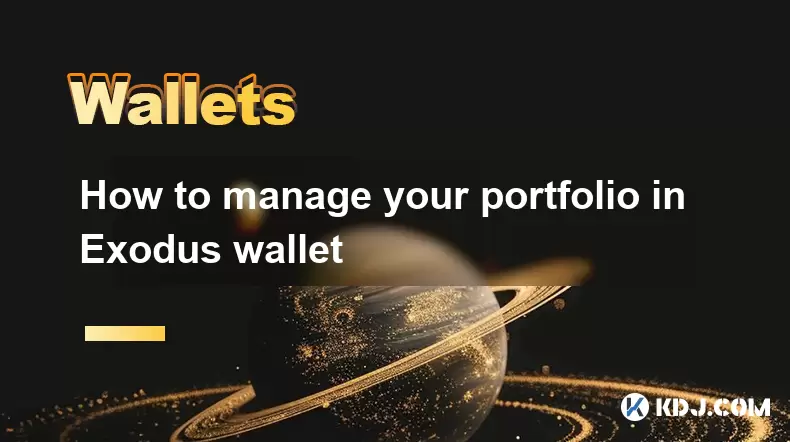
How to manage your portfolio in Exodus wallet
Aug 13,2025 at 11:35am
Understanding the Exodus Wallet InterfaceThe Exodus wallet is a non-custodial cryptocurrency wallet that supports a wide range of digital assets. Upon...

How to reset your MetaMask password
Aug 08,2025 at 01:28pm
Understanding the MetaMask Password Reset ProcessMany users confuse the MetaMask password with the seed phrase or private key, but they serve differen...
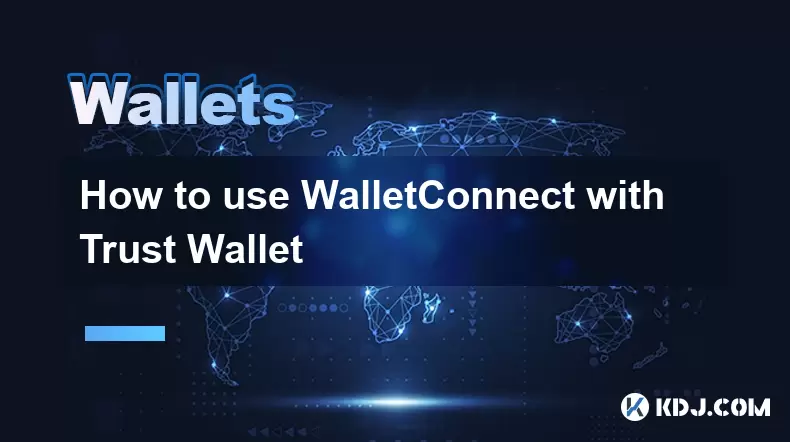
How to use WalletConnect with Trust Wallet
Aug 13,2025 at 01:07am
What Is WalletConnect and Why It Matters for Trust Wallet UsersWalletConnect is an open-source protocol that enables secure communication between dece...
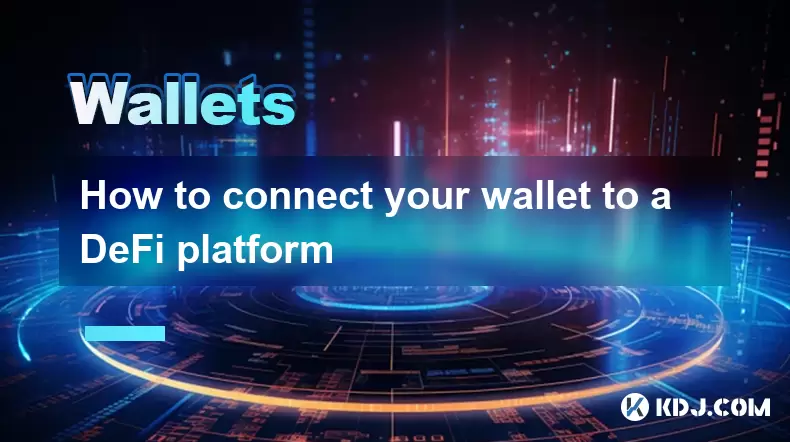
How to connect your wallet to a DeFi platform
Aug 13,2025 at 11:36am
Understanding Wallet Compatibility with DeFi PlatformsBefore connecting your wallet to any DeFi platform, it's essential to ensure your wallet is comp...

How to wrap Ethereum (wETH) in MetaMask
Aug 13,2025 at 11:36am
Understanding Wrapped Ethereum (wETH)Wrapped Ethereum (wETH) is a tokenized version of native Ethereum (ETH) that conforms to the ERC-20 standard, ena...

How to manage your portfolio in Exodus wallet
Aug 08,2025 at 10:07pm
Understanding the Exodus Wallet InterfaceThe Exodus wallet is a non-custodial cryptocurrency wallet that supports a wide range of digital assets. When...

How to manage your portfolio in Exodus wallet
Aug 13,2025 at 11:35am
Understanding the Exodus Wallet InterfaceThe Exodus wallet is a non-custodial cryptocurrency wallet that supports a wide range of digital assets. Upon...

How to reset your MetaMask password
Aug 08,2025 at 01:28pm
Understanding the MetaMask Password Reset ProcessMany users confuse the MetaMask password with the seed phrase or private key, but they serve differen...

How to use WalletConnect with Trust Wallet
Aug 13,2025 at 01:07am
What Is WalletConnect and Why It Matters for Trust Wallet UsersWalletConnect is an open-source protocol that enables secure communication between dece...

How to connect your wallet to a DeFi platform
Aug 13,2025 at 11:36am
Understanding Wallet Compatibility with DeFi PlatformsBefore connecting your wallet to any DeFi platform, it's essential to ensure your wallet is comp...
See all articles

























































































